A few years back, a post on Watchuseek asked for the most iconic watches of all time. Whenever this subject comes up, you can be sure the Patek Philippe Calatrava is all over the list. It’s simply the prototype of the modern dress watch, in production for almost 85 years, and still the sign of a wearer of discerning tastes. Yet it’s hard to pin down which Calatrava is the one to get. With over 100 references produced, I am still trying to identify The Perfect Patek Philippe Calatrava.
Patek Philippe Calatrava Ref. 96
It would be easy to “punt” and declare the original, Ref. 96, as the perfect Calatrava. Not only did it set the template, but it also putatively remained on sale for over 50 years!1 How could you beat the original?
Ref. 96 has a lot going for it other than “first”, though. It has the perfect case, with a round body, simple bezel, and lugs that flow from the center section and bend elegantly to the wrist. A great many dials were produced for the Ref. 96, but nearly all are wonderful. And of course all feature small seconds, a necessity in 1932 but still a classy throwback today.
A White Gold Beauty
The ideal Ref. 96 Calatrava has a white dial, small seconds, and a sharp case. Although I like a dress watch in yellow gold, a white gold (or steel) Calatrava works well, especially with the white dial. Check out this white gold Ref. 96 from Robert Maron – it’s the best Ref. 96 I could find today, and I would expect a yellow gold Calatrava in this shape to bring $10k-$15k.
But since it’s one of only four known Ref. 96 Calatravas in white gold, the lid is off when it comes to pricing. Given the condition and the rarity, this thing is worth a whole lot more! Got a spare $80k to $90k?

Not For Me
This may be the perfect reference for collectors, but if I was to want to wear a Calatrava, it’s not what I would pick. Setting aside questions of value and reliability due to the watch being decades older than me, it’s not the perfect daily wearer. For one thing, Ref. 96 is tiny, at under 31 mm diameter. Not only is this out of style (though the trend of giant watches is thankfully subsiding), it affects usability. I love my 35-38 mm watches, but 31 mm is simply too small.
Although not a “must-have” feature, it’s a pity that the owner of a Calatrava Ref. 96 can’t admire the gorgeous movement inside. I’d love a display caseback, and maybe even a hinged cover like the fantastic modern Ref. 5227. And an automatic movement would be nice: Make it the lovely micro-rotor Cal. 240, with its small seconds, rather than the full-rotor, central-seconds Cal. 324.
Next Up: Calatrava “Clous de Paris” Ref. 5120
My desire for an automatic movement and a display back makes me skip many worthy references, including Ref. 3796 and the current Ref. 5196, the true successors to the Ref. 96. It also sets aside many of the Clous de Paris Calatravas, including Ref. 3520. But it does leave the door open to Ref. 5120, a wonderfully-wearable example of the “hobnail” offshoot line, with a thin and light 35 mm case. I’ll cover that in my next post!
- This is not strictly true. Many small, hand-wound Calatrava watches were called “Ref. 96” by buyers and sellers for decades, but I believe the true Ref. 96 died with Cal. 12-400 in 1961. Still, 30 years is a great run! ↩
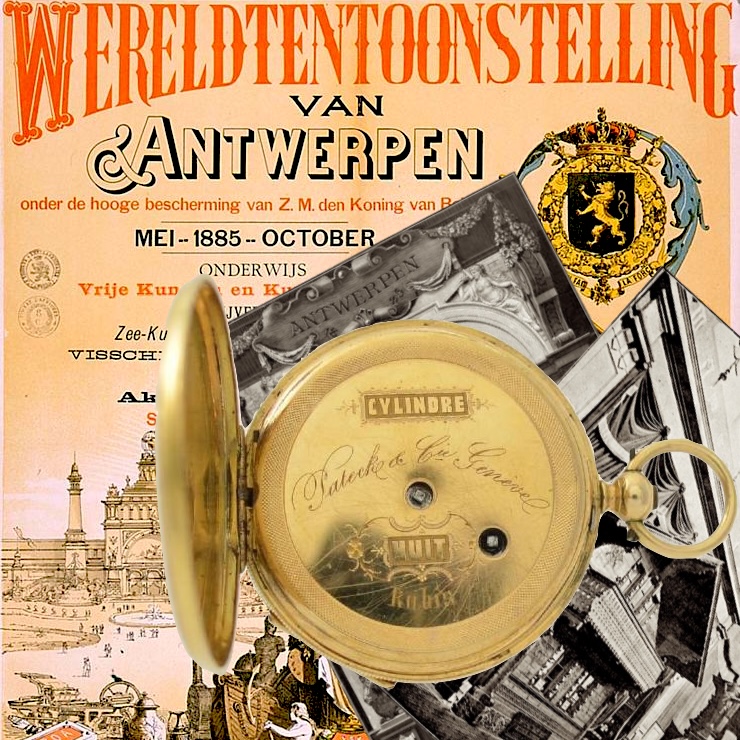
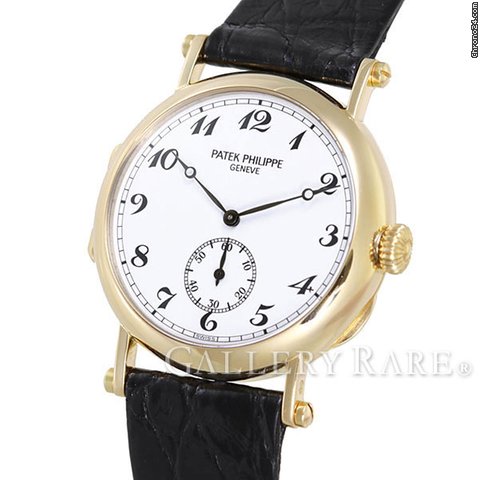
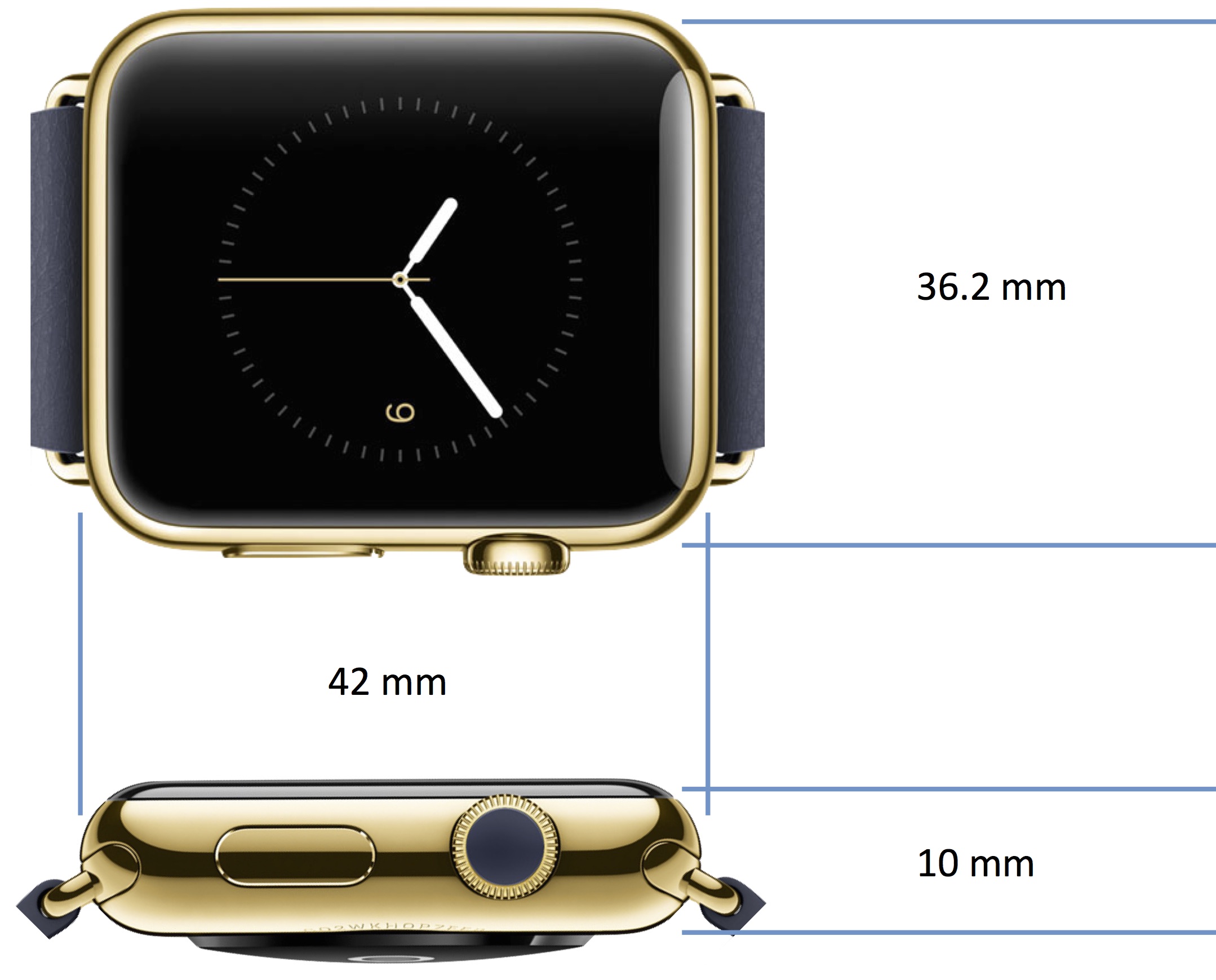
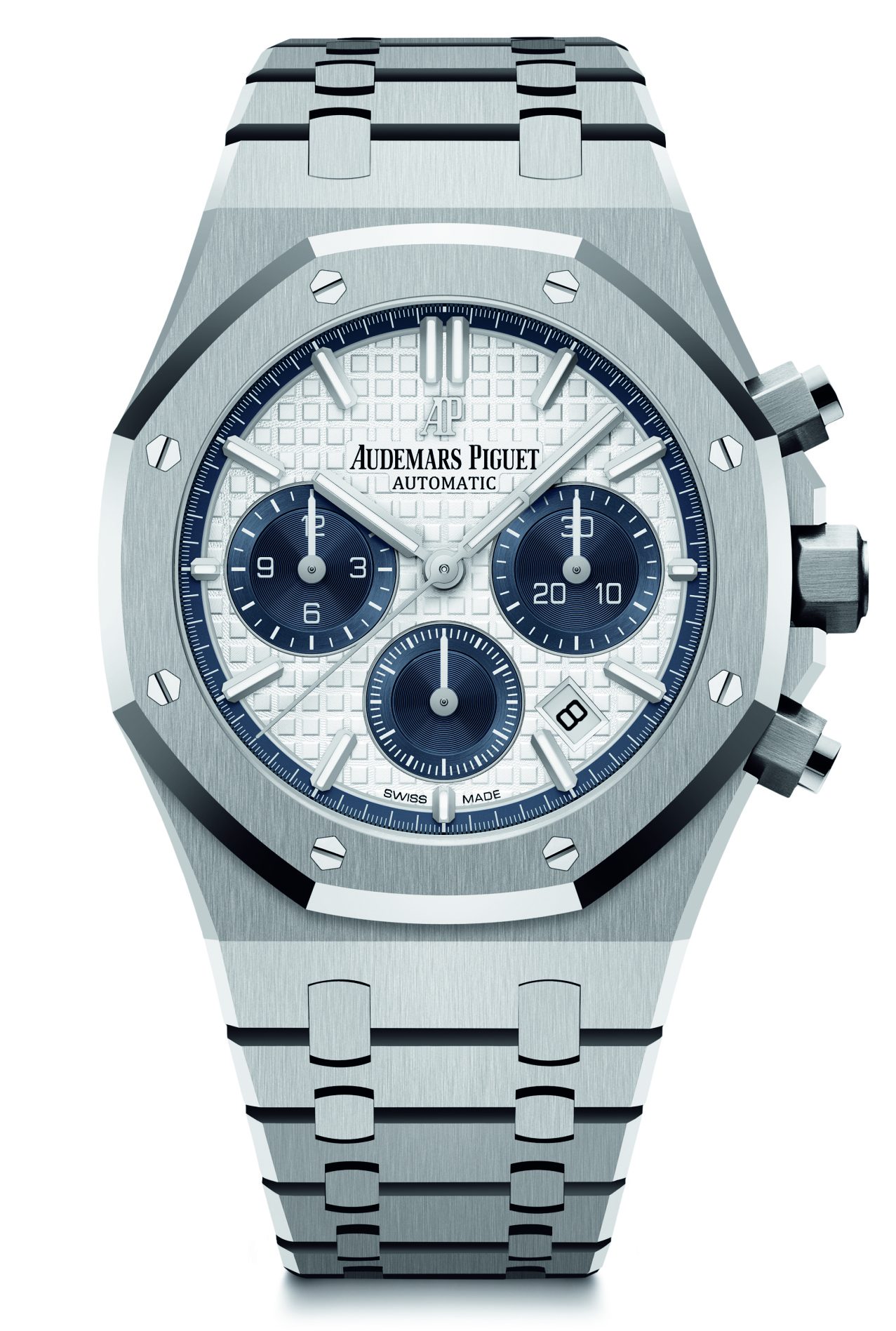

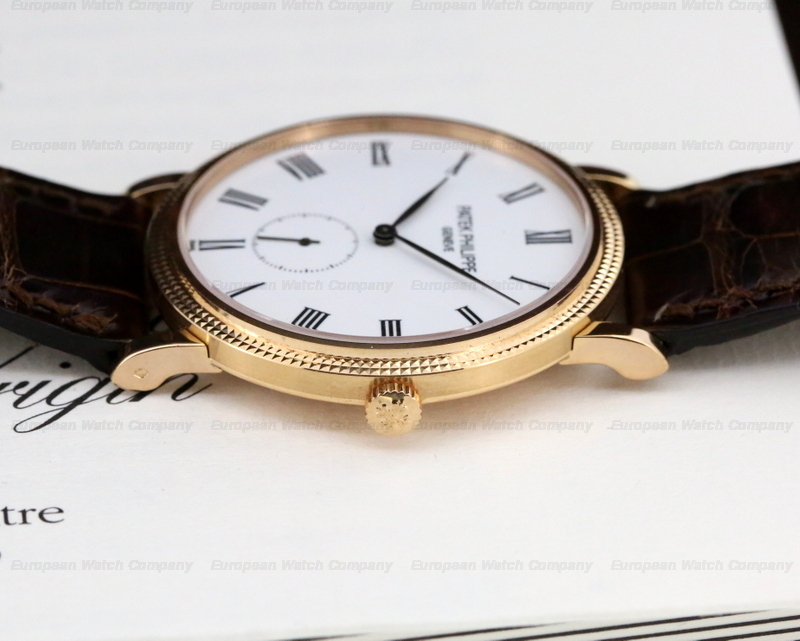
The white gold is UNBELIEVABLE! I’ve owned a lot of stainless steel ones but never have seen this before , I’m in love !!